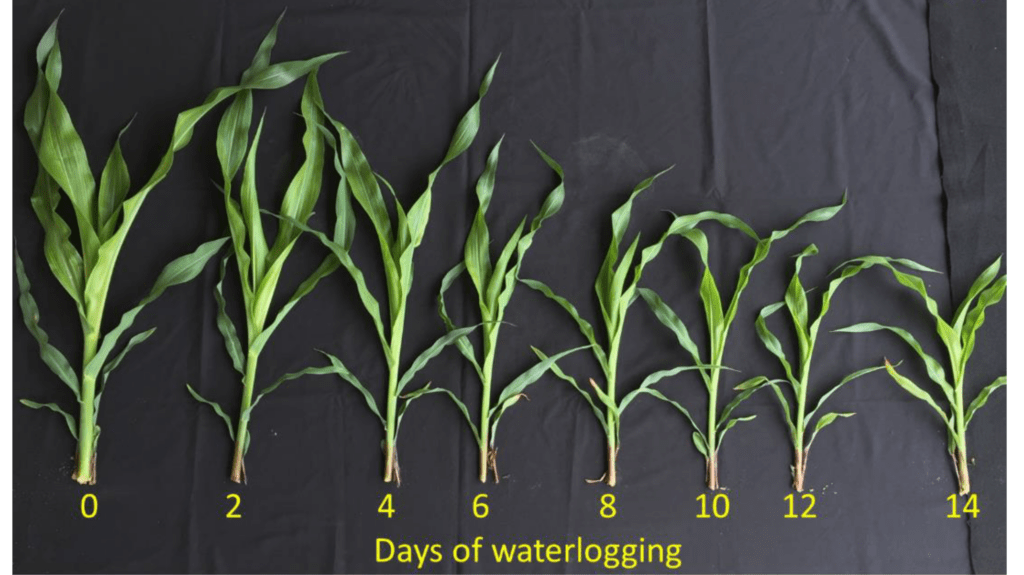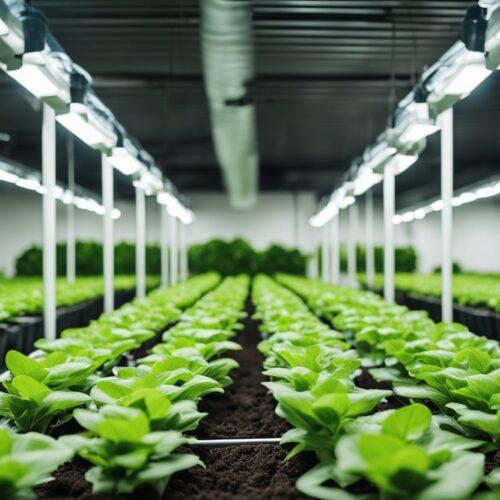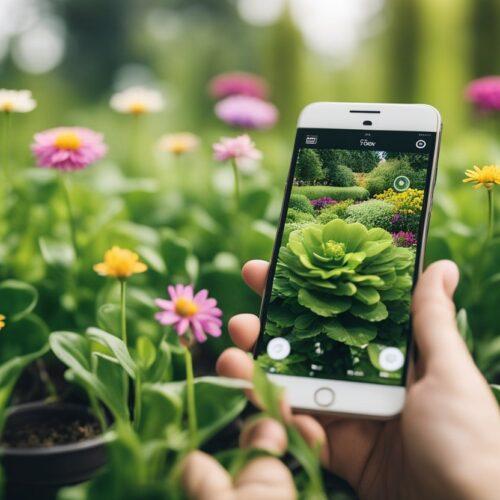Outdoor gardening can be a relaxing and rewarding hobby, but it’s not without its challenges. One common issue that gardeners face is waterlogging in their garden containers, particularly during heavy rainfall. If left unchecked, waterlogging can damage your plants and even kill them. In this article, we’ll discuss some tips and techniques for preventing waterlogging in your garden containers, so you can keep your plants healthy and thriving.
Tips for Preventing Waterlogging in Garden Containers for Outdoor Gardening
Waterlogging is a common problem that gardeners face when planting in garden containers during heavy rainfall. It can lead to the rotting of plant roots and cause other diseases. Even if there are drainage holes in the container, it is still possible for the box to fill up with water and not drain properly. To avoid this, gardeners should create additional drainage holes in the container. Plastic containers may have pre-made drainage holes that can be pushed out with a screwdriver and a folded cloth, or one can cut drainage holes with a utility knife. For metal containers, a drill can be used to make the holes. It’s important to cover the drill spot with fabric tape to avoid sharp edges.
Proper drainage techniques are essential to prevent soil from blocking the drainage holes in the container. Adding a layer of drainage material to create a space for water to flow freely through the soil and out of the container can prevent this from happening. A great option for this is using a porous layer like expanded clay pellets or rocks, which allow for optimal drainage. Cover the bottom of the container with a layer of about 1-3 cm of these materials. To prevent soil from mixing in, gardeners can add a fabric layer. After this, add the soil, plants, and water them appropriately. The Kratky method is a good alternative growing method that gardeners can explore.
Finally, to ensure proper drainage, the container should be placed on a stable surface. Additionally, gardeners can add a layer of gravel or broken pottery to the bottom of the container before adding soil to further improve drainage. By following these simple steps, gardeners can avoid waterlogging in their flower boxes and promote healthy plant growth.
Essential Drainage Techniques for Healthy Plants
Preventing waterlogging in garden containers is crucial for the health and survival of plants. One effective way to do this is to create a drainage layer at the bottom of the container to allow excess water to flow out freely. Here’s how to do it:
- Choose a porous layer: A porous layer with plenty of airspace is necessary to ensure good drainage. Some options include:
- Blähton: A type of lightweight expanded clay aggregate that’s perfect for drainage layers. Spread a layer of Blähton (1-3 cm) at the bottom of the container, covering the drainage holes.
- Pebbles or gravel: If Blähton is not available, pebbles or gravel can also be used. However, they are heavier and may not be as effective as Blähton.
- Add a fabric layer (optional): To prevent soil from falling into the drainage layer over time, consider adding a fabric layer over the drainage layer. Landscape fabric, burlap, or even an old T-shirt can be used for this purpose.
- Fill the container with soil and plants: Once the drainage layer is in place, fill the container with soil, leaving enough room for the plants. Finally, plant your desired flowers, herbs, or vegetables and water them regularly.
Bonus Tip: If you’re interested in a soil-free gardening method, check out the Kratky method, which involves growing plants hydroponically without the use of pumps, electricity, or soil.
By following these tips, you can create a healthy growing environment for your plants and prevent waterlogging in garden containers.
Monitoring, Identifying, and Fixing Waterlogging Problems
Despite taking preventative measures, it’s possible for waterlogging issues to still occur in garden containers. Here are some signs that your plants may be experiencing waterlogging:
Yellowing leaves: If the leaves of your plants start to turn yellow, it may be a sign of overwatering or waterlogging.
Wilting: While it may seem counterintuitive, wilting can also be a sign of waterlogging. When roots are constantly submerged in water, they can’t absorb the oxygen they need to survive, causing the plant to wilt.
Stunted growth: Plants that are waterlogged may not grow as quickly or as robustly as they should.

If you notice any of these signs, here’s what you can do:
Remove excess water: Use a turkey baster or a suction device to remove excess water from the container. Improve drainage: If you suspect that the drainage in your container is not working properly, try adding more drainage holes or using a different type of drainage layer material.
Repot your plant: If the problem persists, it may be time to repot your plant into a container with better drainage.
Adjust your watering habits: Finally, make sure that you’re not overwatering your plants. Check the soil regularly and only water when it feels dry to the touch.
By taking these steps, you can help ensure that your plants stay healthy and happy, even during heavy rainfall.
Wrapping Up
In conclusion, waterlogging can be a major problem for gardeners, but by implementing proper drainage techniques and monitoring your plants for signs of waterlogging, you can prevent and address any issues that may arise. Remember to create a drainage layer using porous materials, add extra drainage holes if needed, and monitor your plants for signs of yellowing leaves, wilting, or stunted growth. By following these tips and techniques, you can ensure healthy and thriving plants in your garden containers.
For more information on soil-free gardening methods, check out our previous article on hydroculture and hydroponics. Happy gardening!





3 comments